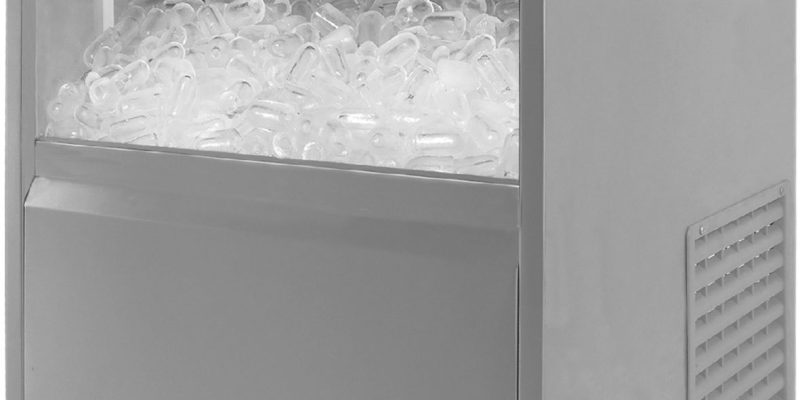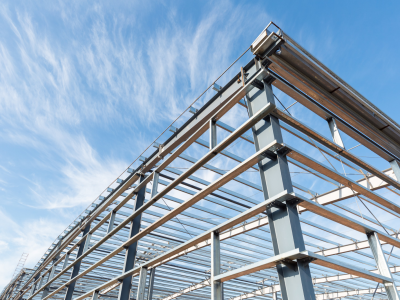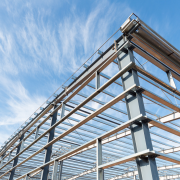Not only does cleanliness matter—cleaning your ice maker is important for both your health and the performance of the machine. Because ice in a bar, cafe or restaurant is officially treated as a food, spotless ice is crucial for customer protection. Running an insufficiently cleaned machine may cause the ice to be muddy, strongly flavored or prompt a health code issue. This guide tells you when to clean your commercial ice maker and how to clean it the right way.
Why don’t we also ask ourselves, “Is this happening often enough?”
Daily cleaning your commercial ice maker and 3 to 6-month sanitising of it are what is generally recommended for your commercial ice maker. Yet, this may be different depending on your ice usage and the conditions in your ice maker’s environment.
If you witness more mess, remember to clean more often:
- The location you’re working in is humid or dusty.
- The machine runs all through the day, every day.
- There could be muddy ice or a smell coming from the fridge you normally don’t notice.
Some busy places like restaurants might find it easier to do monthly checks and quarterly deep cleanings.
Things You Have to Remember
Gather everything you need for safety and the necessary items before you start working. This guarantees the process remains easy and safe.
You’ll need:
- A cleaner that the manufacturer recommends such as a descaler for nickel appliances
- Food-grade sanitizer
- Wash your naked lifeforms with cloths or soft sponges
- A brush designed to clean surfaces that are harder to reach
- The use of gloves and proper safety goggles
- Something to store and mix cleaning liquids
Use only mild chemicals—for example, never use bleach in case it destroys the interior parts.
How to Professionally Clean a Honda Civic
1. Empties the Drawer and Turn Off the Machine
Remove power from the ice maker before you begin. Erase all ice from the bin and empty the water tank.
2. Remove the scale from the internal parts.
Add the descaler to water according to what the label says. Rub the evaporator, water lines and reservoir with a gentle brush. Make sure to wait 10 to 15 minutes after applying before cleaning the product off with clean water.
3. Clean the system safely so it does not harm you or people near you.
Make a sanitising solution by mixing a 1:100 amount of cleaning solution to water. Make sure to clean down both the bin and the walls inside the cooler where water and ice touch.
4. Wash the outside spaces.
For cleaning the outer part, use a soft cloth dampened with detergent and clean the parts around buttons, handles or where you usually touch.
In the last part: Recombine the Servo and Test
Copy your computer as is and replace all the original parts. Turn on the appliance and see how ice forms when you run a full cycle. Throw away the ice from the first batch, since it still may hold some residue. Watch out for odd sounds and see whether there are any leaks.
Make sure to watch your ice maker for several days following cleaning to check that it’s working fine.
Why it is Important to Clean Often
Caring for your ice maker will keep your ice safe as well as guard the machine from problems that can arise because of scales, mould or bacteria. Having your machine serviced often eliminates unnecessary downtime, makes repairs easier and cheaper and leaves your customers satisfied with each glass of crystal clear ice.
Picking the Best Model Makes the Process More Smooth
Leading ice maker brands in Australia are constructed with easy maintenance in view. Features such as self-cleaners, parts you can take out and filters you can reach easily help make the cleaning process less complicated.
A Smart Answer for Businesses Short on Time
Getting the best ice maker in Australia helps you maintain cleaner and more efficient operations. Using high-quality machines will make your ice better and help your business stay compliant with food safety rules with less trouble.













Comments